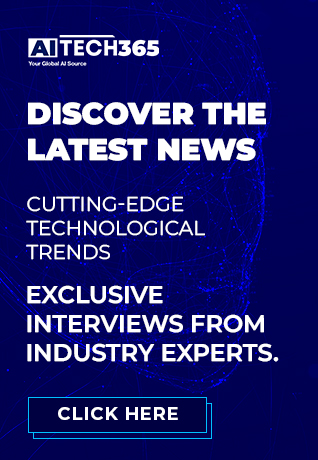Pega systems Inc., the leading enterprise AI decisioning and workflow automation platform provider, introduced Pega GenAI Blueprint™ – a collaborative application that combines the power of generative AI with Pega’s industry best practices to turbocharge the app design process.
Traditional design processes sabotage success and innovation from the start by not stimulating design thinking or driving stakeholder alignment. And while generative AI helps, most approaches focus solely on churning out software code instead of optimizing application workflows for efficiency or industry best practices. It’s no wonder that, according to McKinsey, 70% of transformational projects fail.
Available today for early adopters, Pega GenAI Blueprint empowers business leaders to transform app ideas into interactive ‘application blueprints’ that are easily understood and collaborated on by all stakeholders. It quickly and easily creates the blueprints by leveraging generative AI and Pega’s deep industry expertise gained from working with leading global organizations for decades. The resulting blueprints can be deployed to Pega’s industry-leading automation platform to create a running enterprise-grade application. By intuitively guiding them through the process, Pega GenAI Blueprint helps broaden access to app design, enabling clients and partners to more quickly learn how to design optimized applications and bring them online.
How it works
Pega GenAI Blueprint enables teams to accelerate the journey from idea to implementation. Users briefly describe the app’s purpose, and the intuitive interface guides them by laying out the workflow elements and captures all feedback while facilitating collaboration. The Pega GenAI™ engine leverages Pega’s decades of industry knowledge to design optimized application blueprints, which incorporates best practice workflow processes, data models, and integrations. Once the design is finalized, the blueprint seamlessly feeds into the Pega Platform™, transforming it into an enterprise-grade, cloud-architected workflow application that is optimized for their business.
Here’s a deeper look at the unique benefits of Pega GenAI Blueprint to radically change the way organizations create new workflow apps:
- Agile, optimal workflow design: Unlike other generative AI app development tools that just create more code, Pega GenAI Blueprint focuses on delivering optimized workflow designs and decisions. By simply describing the application’s purpose, Pega GenAI powers Pega GenAI Blueprint to suggest optimal designs, eliminating weeks of circular stakeholder conversations. The blueprints encompass all workflow stages and steps; data models and objects; and user experiences for all workflow personas.
- Deep industry expertise: Powered by Azure OpenAI, Pega GenAI synthesizes Pega’s vast repository of workflow best practices, garnered from 40 years of experience working with global leaders in financial services, healthcare, government, telecommunications, and more. These best practices, supplemented by knowledge from Azure OpenAI, produce a nearly-there design starting point. Future Pega GenAI Blueprint releases will allow enterprises to publish their own best practices into their private environments, promoting consistency and adherence, even when working across distributed teams.
- Smoother team collaboration: Pega GenAI Blueprint fosters deep collaboration between business leaders and IT, aligning teams toward a common business goal. Application architects can invite collaborators into any blueprint to easily modify, add, delete, or save different workflow stages. They can also process steps, data models, or user personas and share them as PDF documents. This effective alignment during the initial design phase reduces errors and delays in later build and deployment phases.
- Rapid app deployment: Once finalized, it’s a simple jump to app deployment by importing the blueprint into Pega Platform. The application structure is automatically generated, and Pega GenAI guides users through the final steps, such as connecting to existing data sources and finalizing the interface layout. If further changes are needed, the blueprint can be easily modified in Pega GenAI Blueprint and then deployed in Pega Platform for continuous improvement.
An initial version of Pega GenAI Blueprint is available today for early adopters, allowing users to create workflows and share with colleagues. By the end of Q2, the tool will be generally available and enhanced with additional capabilities such as inviting collaborators, importing blueprints into Pega Platform, and deploying applications.
SOURCE: BusinessWire





